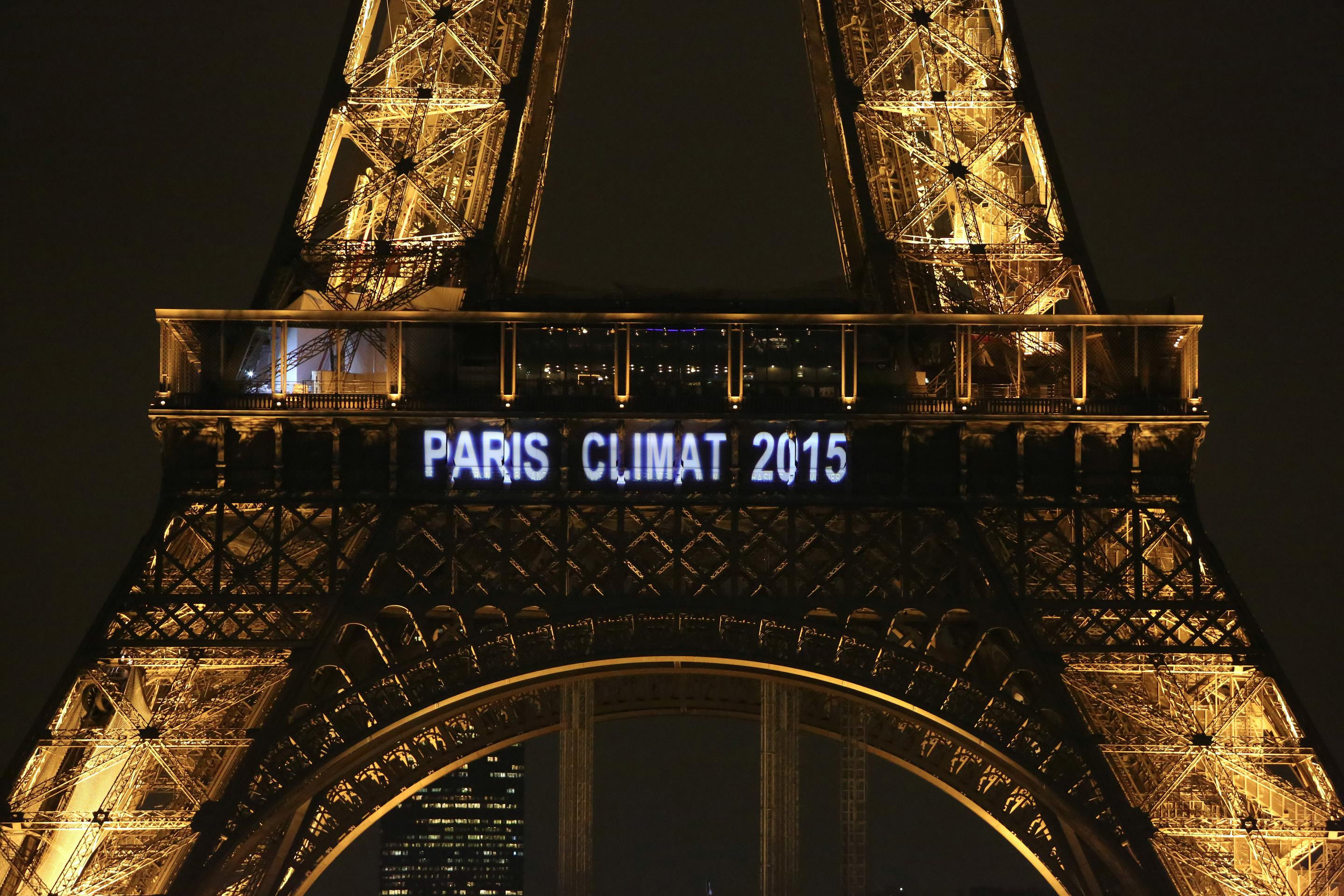COP21: It's all about the signal
The Paris COP21 climate conference was interesting in that it managed to produce a deal which was considered as historic to some and yet disappointing to others.
The latter will argue that the following make for a weak deal. The agreement does not make INDCs binding, the aggregated INDCs put the world on track to over 3°C temperature increase, and there isn’t nearly enough money in the pot to compensate poor countries or help them mitigate the effects of global warming.
Why is it considered historic then?
Because the risk for Paris was not so much to fail on climate as it was to fail on diplomacy. No one actually expected COP21 to result in a globally binding deal where country pledges would limit global warming to 2°C. Ironically, accepting this in the first place is why the conference was a success; any attempt to force such commitments on the Parties would have resulted in a Copenhagen 2.0. COP21 was a twelve-day fine-tuning session where all Parties already knew which lines could be crossed and which ones couldn’t.
Where politicians could not fail however was on the direction, on the vision that would come out of Paris. And when 195 countries manage to sit down and commit to pursuing their efforts to limit global warming to 1.5°C, you know something big happened that Saturday 12 December in Paris.
Although some consider it disappointing, the COP21 agreement’s impact on legislation should not be underestimated as its overall direction will give legitimacy for the institutions to push for more ambitious climate and energy policies. Green activists in Brussels will hold the 31-page agreement over policymakers’ heads to make sure whatever comes out of the Berlaymont is in line with what came out of Le Bourget. The long-term view to limiting global warming to 1.5°C immediately raised the question in Brussels of knowing if the EU needed to reconsider and raise the ambition of its targets for 2030, even before they had a chance of being translated into legislation.
While Commissioner Cañete’s latest declarations indicate that the Commission does not intend to push for raising the EU’s 40% GHG emission reduction target before the next Commission takes office, his successors will be under pressure to adjust the 2030 target upwards in order to reach full decarbonisation by the end of the century. The argument is likely to be used by the Commission however to try and raise the energy efficiency target from 27% to 30% for 2030, something it has clearly indicated it intended to do. Paris just gave it a reason. The European Parliament gathered this week in Strasbourg for the last Plenary of the year went even further, adopting a resolution calling for a binding and 40% energy efficiency target.
Expect a number of conferences on ‘COP21: Challenges and Opportunities’ to be held in the upcoming months. Paris gave the ‘long-term investment signal’ one part of industry was waiting for. The fact that other commentators actually had to reaffirm that ‘industry can be/is part of the solution’ is interesting in itself. It’s almost like there are those who believe we can do this without industry. In reality, as a delegate from Mali reminded me at COP21, “industry is the solution!” The only thing left for it to do is let the others know.
Find Out More
-
Are you fit for 2024? Communicating in a year of change
February 27, 2024



